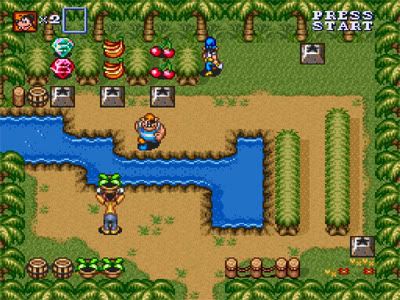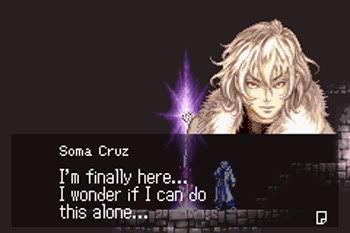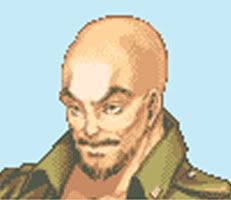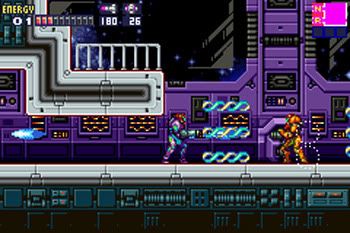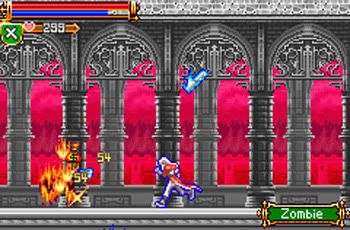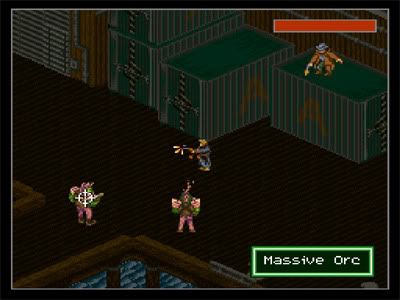
Platform: Super Nintendo
Developer: Beam Software
Released: 1993
Genre: Action RPG
The Game
Jake Armitage is having a bad day. But most days in which you die and wake up in the morgue aren't going to be your best, and that's just the situation in which Jake has found himself. Unable to remember exactly what happened to him, he has to follow a thin trail of clues in order to figure it all out. As he makes his way around the Seattle Metroplex in the year 2050 he has to dodge all of the people trying to kill him a second time, find help wherever he can get it, learn the path of a shamanic magician, and take down a couple of megacorporations to bring a conclusion to his adventure. Just another day in the life of a shadowrunner.
Shadowrun is based on the popular pencil and paper RPG system of the same name. Set in the only somewhat distant future, corporations more or less rule the parts of the world that the remnants of the sovereign nations no longer hold (and some of those chunks as well) and magic has returned to the world. Shadowrunners are mercenaries willing to do virtually any job for the right price, finding profit by slipping through the cracks of civilization and doing the jobs the corporations aren't willing or able to dirty their own hands with directly.
The Characters
You can hire on other shadowrunners throughout the course of the game, but the only main protagonist is Jake himself, and he only speaks a few times, making any determinations concerning his character fairly difficult. At the very least he seems prepared to finish the job he's been given and do the right thing when it comes down to it.
The bad guys - primarily taking the form of Drake, a dragon in charge of his own little corporate empire - are usually distant and cranky, but they're undeniably evil because . . . well, I guess they just are, dammit. It's really a black and grey morality at work here. The best baddie is undeniably the Jester Spirit, however, with his sadistically amusing dialogue and interesting character arc.
While characterization in this game isn't exactly deep, it's still there. Virtually every NPC and PC you meet has their own distinct voice, all speaking with different accents, turns of phrase, and attitude. Some of them - like Norbert, my favorite little maniac dwarf shadowrunner - are actually pretty damn entertaining at times.
The Writing
The story is a mildly complex plot that holds up pretty well, even if specific motivations are rarely called into question. There are a few good revelations and a couple of decent twists . . . nothing great, but enough to keep a player interested and entertained. In the end and despite a few oddities here and there, it definitely gives the feel of a typical Shadowrun adventure.
The dialogue is where the writing really shines, however. As mentioned before, each character has their own particular way of talking, meaning you won't get bored chatting up four or five people with identical speech patterns. The writing also has a good bit of clever wit about it . . . one of the runners you can hire on is a shaman named Dances With Clams, and he makes ocean references from time to time.
One thumb up.
The Gameplay
The game works on a point and click interface that would have been more at home on a PC than on the SNES. Examining, manipulating, and picking up things isn't really so bad, but having to hit a button, move the cursor over, and then start spamming the button some more whenever one wants to initiate combat is a little bothersome, especially since no one else - including any runners you may have hired - aren't bound by any such restriction. You also can't move Jake around while any of the cursors (manipulate, attack, magic) are active, meaning that while your enemies are free to go wherever they want while they're filling Jake with lead, Jake has to stand rooted to one spot while he returns fire.
Also unfortunate is the dialogue window. While talking to people, you receive certain words and phrases that you can repeat to them for more information or tell to other people to get more info or advance the story in some way. The unfortunate part is that after a while you collect an exorbitant number of keywords, and unless you already know exactly which ones will and won't get a response, you have to go down through the entire list, one word at a time, until you find just the right one or two that will make things proceed. And if you forget or miss that one little word somehow, you might go nuts trying to figure out what you did wrong and end up starting the whole process all over again. I remember that the first time I played this game, I was stuck in the first section for what seemed like hours all because I somehow missed saying "Lone Star" to this one guy tucked off the back office of a building.
Still, it's not too horrible. The system is, overall, workable. The karma system is okay. Basic, not too deep, but it does its job.
The Challenge
I've played and beaten this game several times before, but even knowing exactly where I needed to go and exactly what I needed to do when I got there, it was still fairly challenging for me. I'd like to take this as a hallmark of a well-balanced game, that it can be challenging (if not as challenging) for veteran players and newbie players alike. It helps keep one from getting bored with it too easily.
The Graphics
For the most part, the graphics are beautiful, showing off worn-down slums and shiny, glittering office buildings alike with wonderful style. The overall map of the game is pretty small compared to most SNES games, but it makes up for it by making each section of that map unique, a collection of greatly varied environments from a car-lined junkyard to a Gothic cemetery to high-rise offices to underground computer labs, with almost no cloning of rooms whatsoever.
Where the graphics fail is regarding small clickable objects, a common problem with a lot of early point and click adventure games. One of the first items you're supposed to pick up is a scalpel from the morgue Jake wakes up in. Unfortunately, the scalpel is only about three pixels long, so it takes a little trial and error to even discover that it's something you're supposed to take unless you already know what you're looking for.
The Music
I love the music in this game. It's got a kind of "rock noir" sound to it a lot of the time, and I found myself quite often singing along with the catchy background tunes.
The Bottom Line
I'm an avid fan of the Shadowrun setting, having been playing and GMing it off and on since high school. I can't say I'm horribly impressed with this particular outing . . . I'm not particularly fluent in the first edition version that this game is apparently based on, but I'm still fairly certain that a lot was cut out or changed in the transition. Prickly little things like a very shallow stats system and having a character use magic and cyberware without any sort of detriment.
Still, I don't hate it, either. It plays pretty well and is a decent diversion for a slow afternoon. Let's just call it middle of the road and leave it at that.
